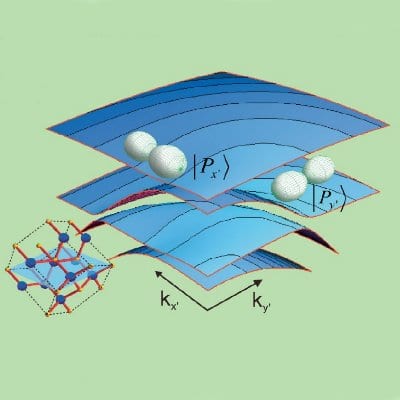The research group “PolarCon” publishes a collection of papers describing the technological challenges of epitaxially grown non- or semipolar nitride structures.


The research group “PolarCon” publishes a collection of papers describing the technological challenges of epitaxially grown non- or semipolar nitride structures.

Conductive metallic 3D nanostructures can be made inside a single crystal of a photocatalytically active metal-organic framework, say Belgian scientists.
So who owns nanochemistry? Should “all” the credit be given to chemistry pioneers of the past 20-30 years or were the foundations of nanochemistry already laid in the field of colloid chemistry, the origin of which can be traced to a century earlier?
Progress towards multifunctional biomedical applications for silica-based nanoparticles is described by Prof. Taeghwan Hyeon
Professor Geoffrey Ozin gives us his thoughts on nanochemistry and photonic metamaterials.
Welcome to one of our guest columns, where active researchers can share their views on topics relevant to materials science. Professor Geoffrey Ozin from the University of Toronto tells us what he thinks about nanoscale silicon and its future. One thing that has...
By studying the thermal effects in SERS, scientists may be able to drastically alter the sensitivity of their system and provide vital information for the design of new SERS probes.
Materials scientists from the USA have made a thin layer of quantum dots on a photonic crystal surface, thereby creating a stable material with enhanced emission properties.
Professor Geoffrey Ozin shares his views on the current state of nanoscience, in particular the future of the promising nanomaterials: Where is the good nano stuff going?
Chinese researchers have used lasers to made tiny springs and turbines out of a polymerized ferrofluid, which could be used in micro- or nanomachines.